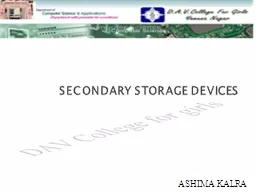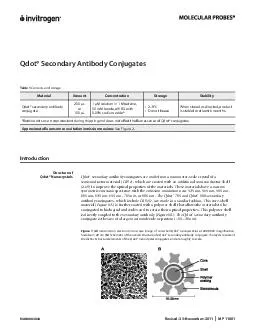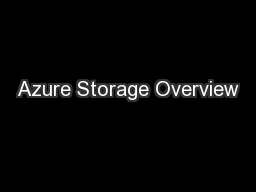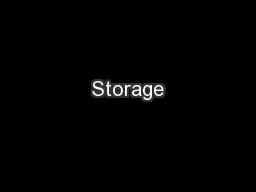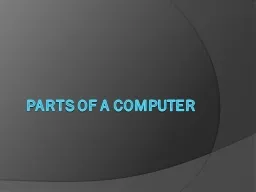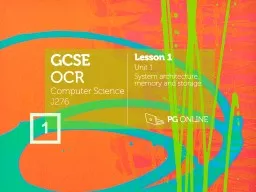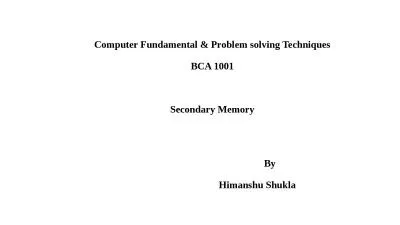PPT-SECONDARY STORAGE DEVICES
Author : lindy-dunigan | Published Date : 2017-04-12
ASHIMA KALRA Hard disks Floppy disks CD ROMs DVDs INDEX Floppy Disks The first floppy disks were 8 Inches in diameterThey hold upto 256 KB The next generation
Presentation Embed Code
Download Presentation
Download Presentation The PPT/PDF document "SECONDARY STORAGE DEVICES" is the property of its rightful owner. Permission is granted to download and print the materials on this website for personal, non-commercial use only, and to display it on your personal computer provided you do not modify the materials and that you retain all copyright notices contained in the materials. By downloading content from our website, you accept the terms of this agreement.
SECONDARY STORAGE DEVICES: Transcript
Download Rules Of Document
"SECONDARY STORAGE DEVICES"The content belongs to its owner. You may download and print it for personal use, without modification, and keep all copyright notices. By downloading, you agree to these terms.
Related Documents

